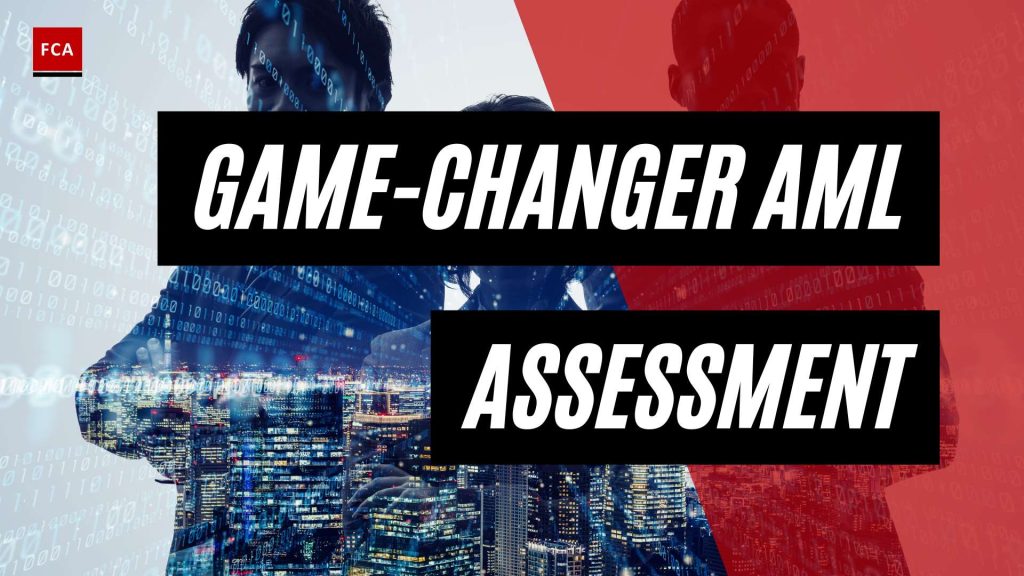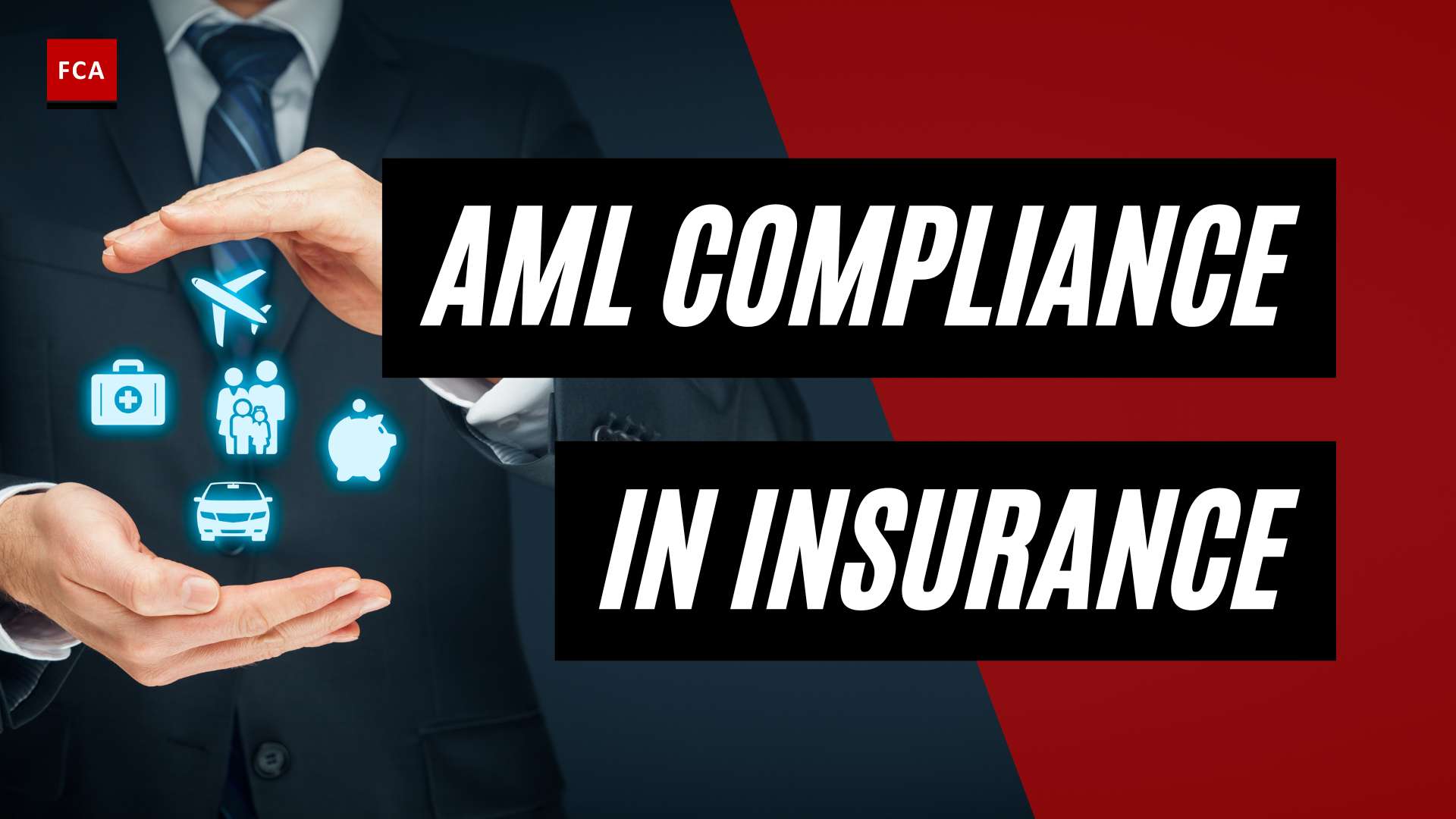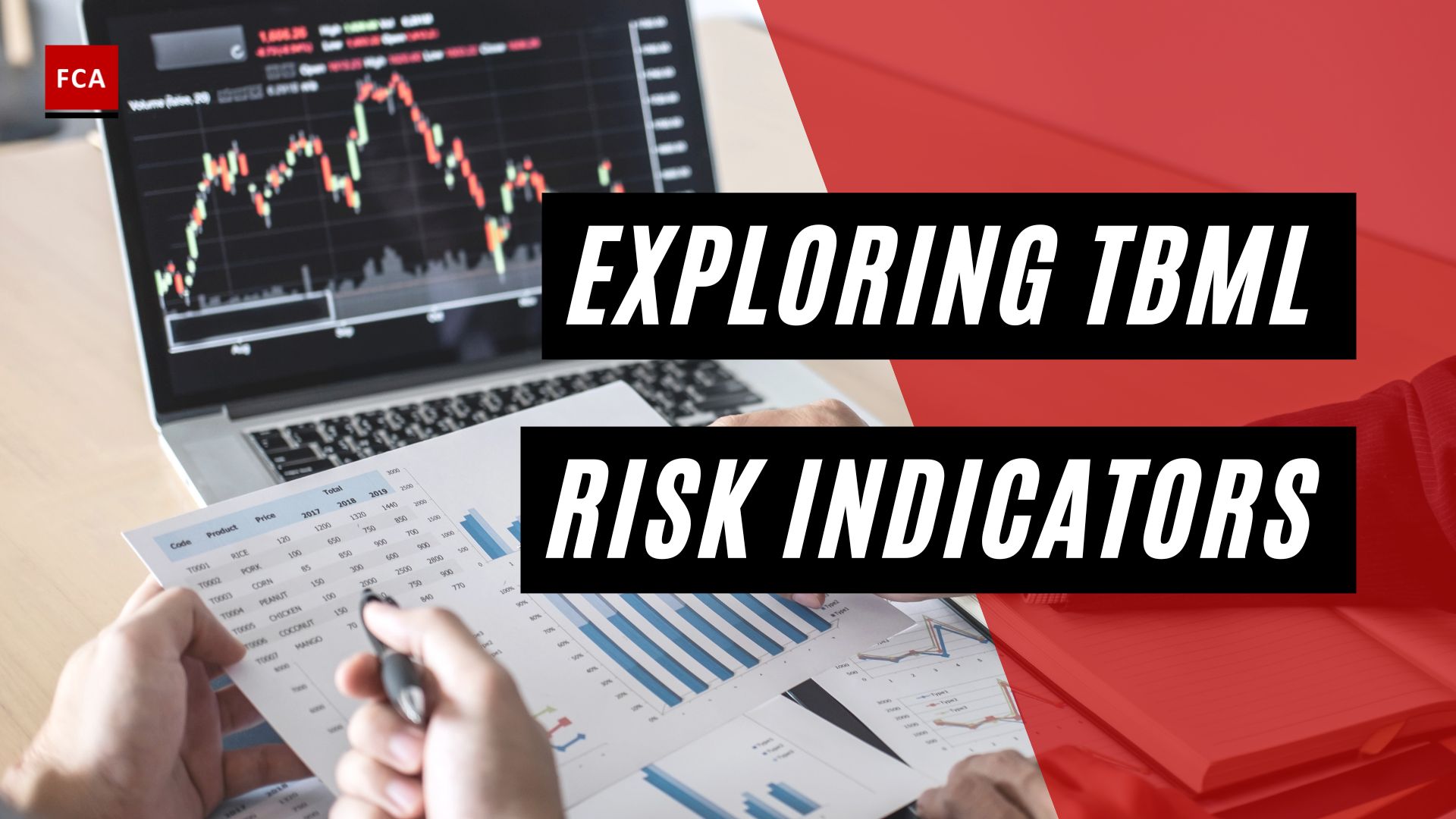Understanding AML Risk Assessment
In the realm of financial compliance and risk management, anti-money laundering (AML) risk assessment plays a pivotal role. This critical component of a firm’s compliance program aids in the identification, assessment, and mitigation of risks associated with money laundering, terrorist financing, and other financial crimes.
Importance of AML Risk Assessment
AML risk assessment is not just a smart business practice; it’s a regulatory necessity. Implementing an AML risk assessment can enhance a firm’s ability to detect and prevent money laundering activities, protect its reputation, and avoid potential regulatory penalties and fines (Source).
Companies involved in financial transactions, including banks, credit unions, investment firms, broker-dealers, casinos, and cryptocurrency trading companies, need AML risk assessments to prevent revenue loss, reputation damage, or regulatory audits caused by money laundering.
The assessment process helps companies identify areas, processes, or policies that may allow criminals to conduct money laundering. Such assessments offer a way to streamline and centralize the process of evaluating risks across an organization.
Regulatory Requirements for AML Risk Assessment
Regulatory guidelines, including the Bank Secrecy Act (BSA) and the USA PATRIOT Act, mandate AML risk assessments. Additionally, the Financial Industry Regulatory Authority (FINRA) Rule 3310 asserts the need for AML risk assessments as a critical component in anti-money laundering efforts.
Adherence to these regulations requires the use of a comprehensive AML risk assessment template. A robust template should be regularly updated to reflect changes in regulations, business activities, and external risk factors, ensuring that the compliance program remains effective and up-to-date.
For a detailed understanding of the key components and methodology of AML risk assessment, you can refer to our article on AML risk assessment methodology.
Key Components of AML Risk Assessment
Effective risk management in anti-money laundering (AML) efforts requires a comprehensive risk assessment. Utilizing an AML risk assessment template provides a structured framework for businesses to assess and manage AML risks effectively. The key components of this assessment include business profile analysis, customer risk rating, product and service risk assessment, and geographic risk rating.
Business Profile Analysis
An understanding of the business profile forms the foundation for an effective AML risk assessment. This involves gathering key information such as jurisdictions served, types of customers, and products/services offered. The AML risk assessment template emphasizes the importance of this understanding as it is crucial for identifying potential money laundering risks effectively (PSPLab).
Customer Risk Rating
An integral part of the AML risk assessment process is the customer risk rating. This involves categorizing customers based on risk levels such as low, medium, or high. This classification assists in determining the level of due diligence required for each customer category and is a key aspect of the AML risk assessment template.
Product and Service Risk Assessment
Every product and service offered by a business carries a potential risk for money laundering. Therefore, understanding the risks posed by specific products/services is vital for developing effective AML controls and procedures. This component is included in the AML risk assessment template to ensure comprehensive risk assessment.
Geographic Risk Rating
The geographic locations where a business operates or where its customers are based can significantly influence the likelihood of encountering money laundering activities. The geographic risk rating evaluates this likelihood for different regions and is a critical component of the AML risk assessment template (PSPLab).
Each of these components plays a crucial role in the overall risk assessment process. To further understand the process, you can refer to our AML risk assessment methodology. For a detailed checklist, you can explore our AML risk assessment checklist. To streamline the process, consider using AML risk assessment software. Finally, for understanding how to document the findings, check our AML risk assessment report and to visualize the risk factors, refer to our AML risk assessment matrix.
Implementing an AML Risk Assessment Template
Implementing an AML risk assessment template is an effective way to streamline the risk assessment process and ensure compliance with anti-money laundering regulations.
Benefits of Using a Template
The AML risk assessment template provided in the article offers a structured framework that businesses can use to assess and manage AML risks effectively. Utilizing a template can enhance overall compliance efforts by providing detailed guidance on conducting risk assessments, identifying risk factors, evaluating risk levels, and implementing risk mitigation strategies.
Key components of the template include:
-
Business Profile Analysis: Understanding the business profile, including key information such as jurisdictions served, customer types, and products/services offered, is crucial for identifying potential money laundering risks effectively.
-
Customer Risk Rating: The template emphasizes the importance of categorizing customers based on risk levels such as low, medium, or high. This classification helps in determining the level of due diligence required for each customer category.
-
Product and Service Risk Assessment: Assessing the risk associated with specific products/services offered by the business is vital for developing effective AML controls and procedures (PSPLab).
-
Geographic Risk Rating: Understanding the geographic locations where the business operates or its customers are based helps in evaluating the likelihood of encountering money laundering activities in different regions.
Using a risk assessment template can lead to more consistent and thorough assessments, reducing the chance of missing important risk factors. For more information on risk assessment methodologies, refer to our guide on aml risk assessment methodology.
Updating and Reviewing the Template
The AML risk assessment template is not a one-time tool, but rather a living document that should be regularly updated and reviewed to reflect changes in the business environment, regulatory requirements, and risk exposure. Regular updates can help ensure that the template remains relevant and effective in identifying and managing AML risks.
The review process should involve a thorough evaluation of all aspects of the template, including the risk factors identified, the risk ratings assigned, and the risk mitigation strategies implemented. Any changes in the business profile, customer base, product/service offerings, or geographic locations should prompt a review and update of the template.
Additionally, the review process should also consider feedback from various stakeholders, including compliance staff, senior management, and external auditors, to ensure that the template remains robust and comprehensive.
Implementing an AML risk assessment template is a crucial step towards strengthening your AML compliance program. By providing a structured framework for risk assessment, the template can help businesses identify potential risks, implement effective controls, and maintain compliance with AML regulations. For more resources on AML risk assessment, check out our aml risk assessment checklist, aml risk assessment software, and aml risk assessment matrix.
Risk-Based Approach to AML Compliance
A risk-based approach forms the cornerstone of robust Anti-Money Laundering (AML) compliance. This strategy encompasses two essential processes: risk identification and assessment, and risk mitigation and management. Leveraging an aml risk assessment template can streamline this approach, allowing for effective identification, assessment, and control of potential risks.
Risk Identification and Assessment
Risk identification is the first step in AML compliance. It involves recognizing potential money laundering and terrorist financing (ML/TF) risks, staying informed about commonly employed tactics by perpetrators, diligently documenting processes, and updating information to remain relevant (Skillcast).
Following identification, risk assessment is crucial. This process requires analyzing gathered information, judging the likelihood of identified risks, determining their potential impact on various aspects such as transactions, customer relationships, business, and the economy.
The risk assessment should be performed at all levels of an AML-regulated business, including business risk assessments and customer risk assessments. Both assessments should guide each other and be informed by the level of Customer Due Diligence (CDD) needed.
Common components of AML risk assessments include risk profiles, risk categories, and risk sources within an organization, which are essential in evaluating and addressing key issues to mitigate money laundering risks (Unit21).
Key Risk Indicators (KRIs) for money laundering include the size and types of transactions, customer behavior, complex digital transactions, lack of robust identity verification, and specific geographic locations with high money laundering risks.
Risk Mitigation and Management
Once risks have been identified and assessed, the next step is risk mitigation and management. This involves reporting suspicious activities or transactions, fulfilling the duty to report as soon as suspicion arises, maintaining an ongoing duty to report, avoiding tipping-off, and seeking guidance from the Money Laundering Reporting Officer (MLRO) and Legal/Compliance Unit.
AML risk assessments are a critical component in anti-money laundering efforts to help mitigate the impact of illicit money movements, in compliance with the Bank Secrecy Act (BSA) and FINRA Rule 3310 regulations.
Banks structure their compliance programs to be risk-based, and a well-developed BSA/AML risk assessment helps in identifying money laundering/terrorist financing risks and in developing appropriate internal controls. Understanding the risk profile enables banks to mitigate risks and comply with regulatory requirements.
The BSA/AML risk assessment aids in identifying and mitigating gaps in controls and should give a comprehensive analysis of the bank’s money laundering/terrorist financing risks. Documenting this assessment in writing is crucial for effective communication of risks to the bank’s personnel, including board members, management, and staff across all business lines.
By implementing a risk-based approach to AML compliance, financial institutions can stay ahead of potential threats and ensure they meet all regulatory requirements. The use of an aml risk assessment template can significantly aid in this vital process.
BSA/AML Risk Assessment in Banks
In the banking sector, BSA/AML risk assessment plays a crucial role in identifying, managing, and mitigating the risks of money laundering (ML) and terrorist financing (TF).
Role of BSA/AML Risk Assessment
Banks structure their BSA/AML compliance programs to be risk-based. This approach assists in identifying ML/TF and other illicit financial activity risks, helping them develop appropriate internal controls, processes, and procedures to comply with regulatory requirements.
The role of BSA/AML risk assessment extends beyond mere regulatory compliance. It provides a comprehensive framework for identifying vulnerabilities within the bank’s operations and implementing measures to address these vulnerabilities. This process helps banks to safeguard their operations and maintain their reputation in the market.
Examining the BSA/AML Risk Assessment Process
The BSA/AML risk assessment process enables banks to identify and mitigate any gaps in controls by providing a comprehensive analysis of ML/TF and other illicit financial activity risks. Documenting the BSA/AML risk assessment in writing is recommended to effectively communicate risks to appropriate bank personnel.
Risk categories in the BSA/AML risk assessment include products, services, customers, and geographic locations unique to the bank. Identification of these categories is crucial in assessing the differing levels of risks associated with various aspects of the bank’s operations.
The BSA/AML risk assessment process involves a two-step approach – first, identifying specific risk categories, and second, analyzing the obtained information to assess ML/TF and other illicit financial activity risks. The analysis helps in developing appropriate internal controls to mitigate overall risk (FFIEC).
Examiners must assess whether the bank has developed a BSA/AML risk assessment that identifies its ML/TF and other illicit financial activity risks, considers all products, services, customers, and geographic locations, and analyzes information related to these risk categories. Developing a comprehensive risk assessment is crucial for an effective BSA/AML compliance program (FFIEC).
A well-structured aml risk assessment template can guide the risk assessment process, ensuring all relevant factors are considered. Tools such as aml risk assessment software can also streamline this process, making it more efficient and reliable.
For more insights into the methodology, check out our guide on aml risk assessment methodology. For a practical approach, you can refer to our aml risk assessment checklist and aml risk assessment questionnaire to ensure your bank is well-prepared for a thorough AML compliance examination.
Enhancing AML Compliance with Effective Risk Assessment
AML risk assessments are essential for any organization involved in financial transactions, to prevent revenue loss, reputation damage, or regulatory audits caused by money laundering. An effective risk assessment is a critical component of an organization’s anti-money laundering efforts, and it offers a way to streamline and centralize the process of evaluating risks across an organization. This section explores how effective risk assessment can mitigate potential risks and strengthen an organization’s AML compliance program.
Mitigating Potential Risks
Key Risk Indicators (KRIs) for money laundering include the size and types of transactions, customer behavior, complex digital transactions, lack of robust identity verification, and specific geographic locations with high money laundering risks. By using an AML risk assessment template, organizations can identify these potential risks, assess their impact, and implement strategies to mitigate them effectively.
The AML risk assessment template also includes various components such as customer risk assessment, product risk assessment, geographical risk assessment, and transaction risk assessment. By addressing these components comprehensively, organizations can evaluate the risks associated with different aspects of their operations and implement appropriate measures to manage and mitigate these risks effectively.
Strengthening AML Compliance Program
Implementing a robust AML risk assessment framework is vital for businesses to detect and prevent financial crimes effectively. By utilizing the AML risk assessment template provided in the article and customizing it to suit their specific business needs, organizations can enhance their AML compliance efforts, protect their reputation, and safeguard against potential regulatory penalties and sanctions.
Moreover, regularly reviewing and updating the AML risk assessment template is essential to ensure its relevance and effectiveness in addressing evolving risks and regulatory requirements. By conducting periodic reviews and making necessary adjustments to the template, businesses can adapt to changes in the risk landscape and strengthen their AML compliance programs proactively.
An effective AML compliance program includes a strong risk assessment methodology, a comprehensive AML risk assessment checklist, a reliable AML risk assessment software, a detailed AML risk assessment report, a well-structured AML risk assessment matrix, and a concise AML risk assessment questionnaire. By integrating these tools into their AML compliance program, organizations can effectively manage their risk exposure and maintain compliance with AML regulations.








